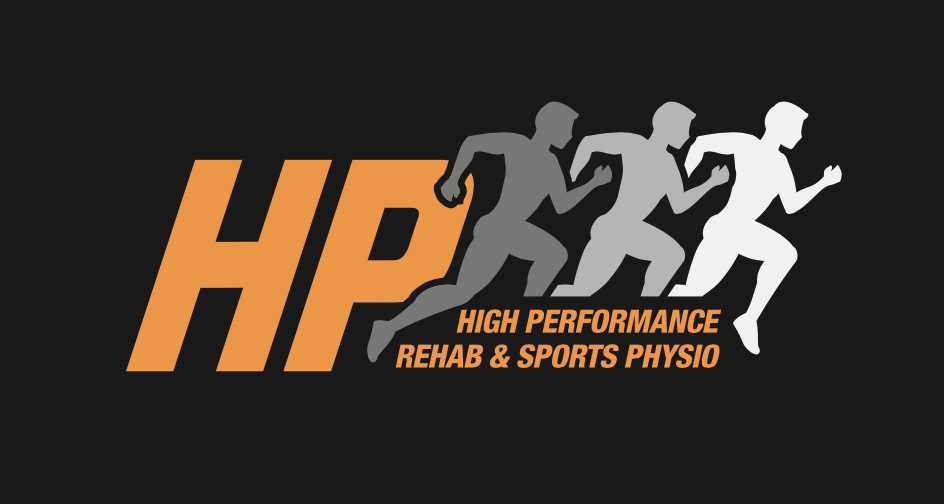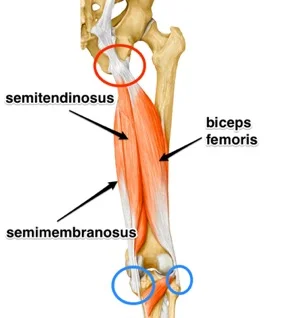ANATOMY AND BACKGROUND
The hamstring muscle group consists of 3 major muscles in the posterior thigh, that play crucial functions in activities involving running and sprinting, and also kicking.
Soft tissue hamstring injuries make up a large proportion of time lost to injury in field based sports (Orchard & Seward, 2010), and traditionally have a very high recurrence rate of up to 30%. The most commonly injured of the hamstring muscles is the lateral biceps femoris muscle.
Hamstring Musculature
CONSEQUENCES OF HAMSTRING MUSCLE INJURIES
Current research shows once you have injured your hamstring muscle, you are at an increased risk of re-injuring your hamstring in the future.
Due to a combination of factors including chronic muscle inhibition and wasting, shortening of your muscle fibres, potential neural changes in the way your muscles are firing, and a drop off in eccentric muscle strength, your chances of further hamstring muscle injury is increased (Opar et al, 2018). This re-injury may also happen at a load lower than that which caused your initial injury.
Thigh Muscles Cross-Section
ECCENTRIC TRAINING AND REHAB
Strength training and rehab running appropriate to your stage of recovery are integral components of getting you back to your chosen sport as quickly and safely as possible, while minimising your risk of injury recurrence (Bourne et al, 2017). Physiotherapy rehab programs targeting lumbopelvic strength as well as hamstring strength is heavily supported by the research (Heiderscheit et al 2010).
Eccentric strength in particular has been shown to improve hamstring muscles strength through greater ranges of motion, and also to increase the hamstring muscles overall length which in turn reduces the likelihood of hamstring muscle strain.
The Nordic Hamstring Exercise and Hip Extension exercises are great rehab exercises to achieve these goals. See Pictures below.
Nordic Hamstring Exercise
Hip Extension Exercise
REHABILITATION AND PAIN
Traditionally hamstring and posterior thigh pain has been avoided during the rehab phases following hamstring injury. It has now been shown that a tolerable amount of pain during strength rehab may not only be ok, but help get the injured muscle stronger quicker, and allow for a safer and faster return to running, sprinting and your sport (Hickey 2017).
This rehab should however be done under the guidance of a highly trained Sports Physio to teach you the correct exercises and technique. And also to help guide you through which pain is acceptable to push through, to get you back to your sport stronger.
Written By Chris Bailey
Reference List
· Bourne M, Duhig S, Timmins R, Williams M, Opar D, Najjar A, Kerr G, Shield A. Impact of the Nordic hamstring and hip extension exercises on hamstring architecture and morphology: implications for injury prevention.British Journal of Sports Medicine. 2017
· Heiderscheit BC, Sherry MA, Silder A, Chumanov ES, Thelen DG. Hamstring strain injuries: recommendations for diagnosis, rehabilitation, and injury prevention. Journal of Orthopaedics and Sports Physical Therapy. 2010
· Hickey J. PhysioEdge podcast Episode 72. 2017
· Orchard JW, Seward H. Injury Report 2009: Australian Football League. Sport Health. 2010
· Opar D, Williams M, Timmins R, Dear N, Shield A. Knee flexor strength and bicep femoris electromyographical activity is lower in previously strained hamstrings. Journal of Electromyography and Kinesiology. 2013




